TaylorMade want you to reach new heights with your iron play so they have engineered the M2 irons to deliver this.
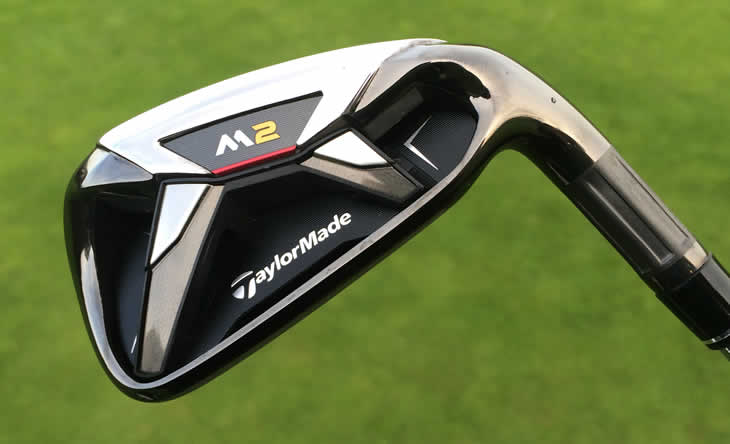
As iron faces get faster, manufacturers have been strengthening lofts to keep the same trajectory height, but if you don't have the necessary club head speed then the ball lands too shallow and fails to stop on the green.
The TaylorMade M2 irons come in two models and combines a faster face and stronger lofts with a lower Centre of Gravity (CG) to launch the ball higher and land steeper.
TaylorMade M2 Irons Review
The M2 irons achieve this performance by having a large unsupported face that can flex more thanks to a new Speed Pocket in the sole.
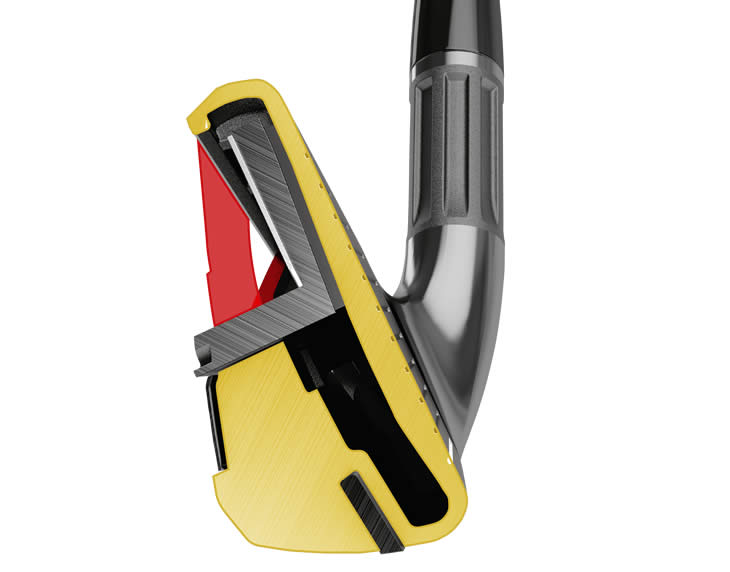
The lofts are pretty much the same as the AeroBurner with the 5, 6 and 7 irons being marginally stronger and the 8-iron, where the Speed Pocket slots stop, being 0.5° weaker.
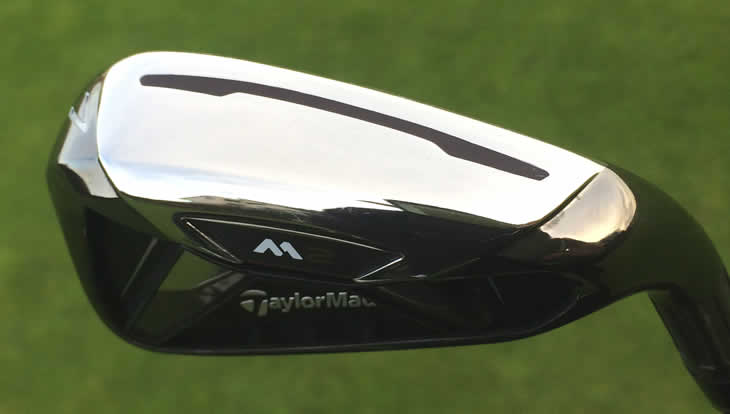
Behind the face is TaylorMade's Inverted Cone variable face thickness design that started life in their woods and this is supported by two ribs that provide the stiffness to the face at impact.
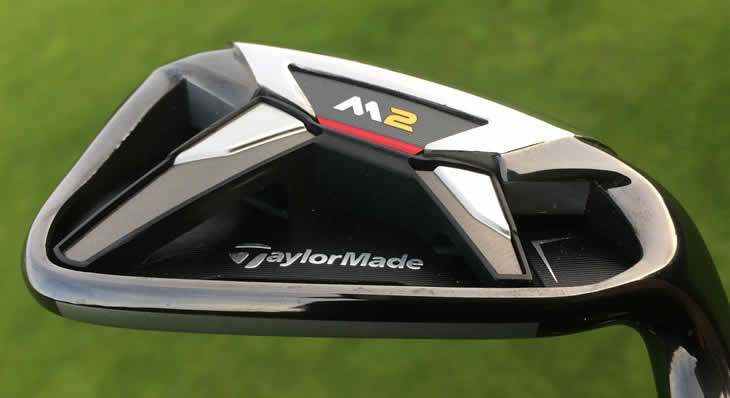
These give the M2 iron a dramatic look and support the trailing edge section of the head that is responsible for that low and back CG.
The sole is generally a little wider than the AeroBurner iron with a consistent width down the full length, instead of a toe heavy design.

The hosel features a 'Thick-Thin Fluted' design that saves 3g of weight and has a larger offset than the AeroBurner, but the same thick top line, even though it is disguised by the silver and black finish.
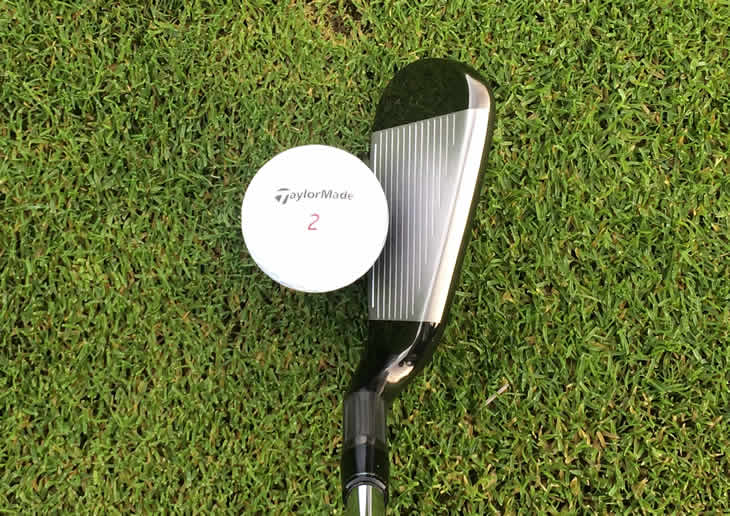
I say black, but it is more of a dark smoke PVD that TaylorMade has used on other clubs like the TaylorMade TP EF wedge. It does make the face stand out at address and may appeal to some more than others.
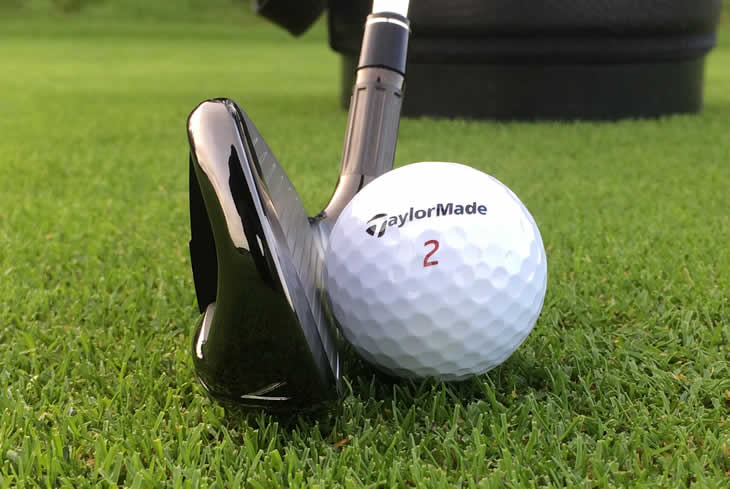
The M2 comes with a Reax graphite shaft or the Reax 88HL High Launch steel shaft, which I tested and is nice and light and performs well.

The different head construction gives a slightly firmer and more hollow sound to the M2 compared to the AeroBurner at impact.
The flight is very similar to the naked eye, but using SkyTrak I did see an extra couple of yards of carry as the club generated an extra 1mph ball speed from the same 77mph club head speed on a 7-iron.
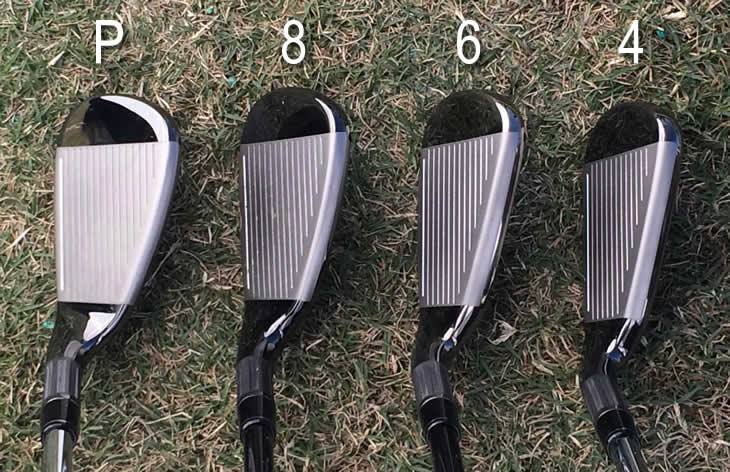
The M2 is supposed to be TaylorMade's super game improvement iron, taking over from the AeroBurner and the face-slotted RSi 1 iron, although the latter will still be available for a while as a custom order.
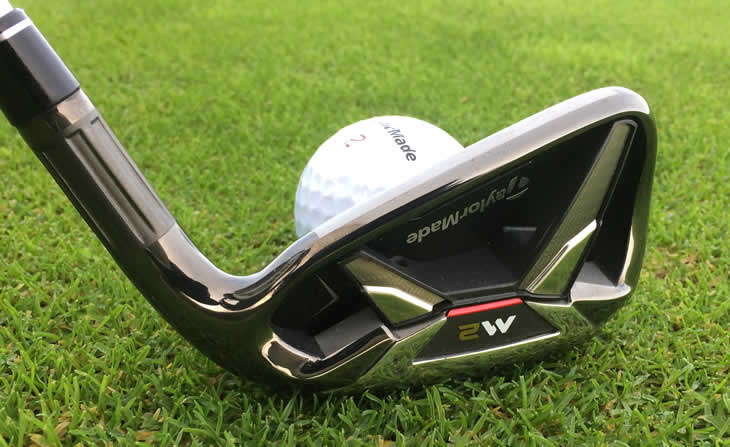
The fact that this is the case shows that the RSi 1 still stacks up pretty well for this sector of the market as the forgiveness from the face slots does work and it is a surprise not to see these continuing in one of their larger headed irons.
Apparently the face slots are not required in the M2 as the head is much larger and aims to deliver a different type of flight. The larger head has a greater MOI and wider sweet spot already, plus having slots up the face would raise the CG, rather than keeping it low to get that higher flight.
The M2 is probably aimed as slower swing speed players than the RSi1 though and despite the compromises on sound and feel, it certainly delivers more performance than the AeroBurner.
TaylorMade M2 Tour Irons Review
If the M2 head is too large for you, then it also comes in an M2 Tour version that is a little more compact with a thinner top line and sole.

This is the business, as the sound and feel is much better than the M2 and the shape is more what I would expect for the mainstream golfer.

This is due in part to the stiffened badge on the back of the head that creates the rigidity to complement the more flexible face. Having handled many of these badges over the years, you can bend most quite easily, but both the M2 and smaller M2 Tour badges were very firm and could hardly be moved.
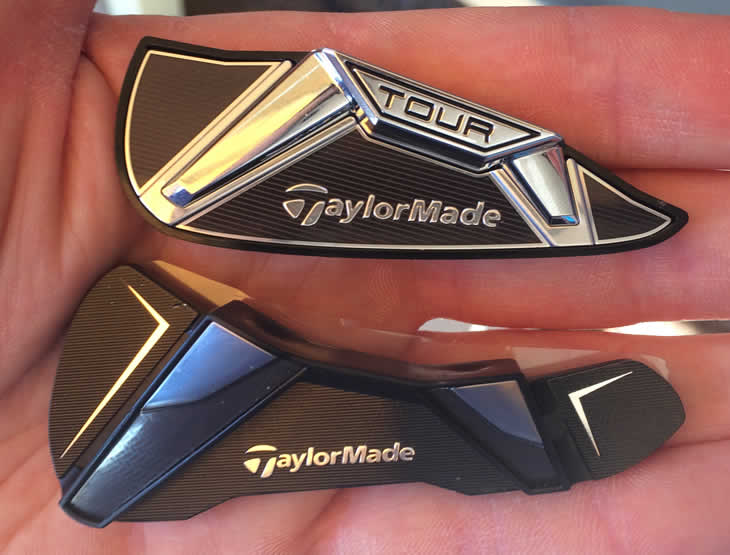
Usually in game improvement sets, it is the long irons where things sometimes trail off, but as you go up the M2 Tour set the mid and long irons just get better.
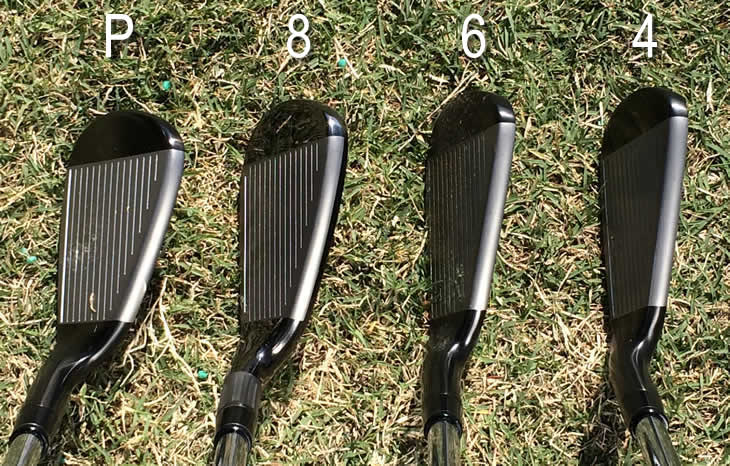
The 4-iron was one of the best of its kind I have hit lately, delivering a high penetrating flight that just seemed to keep going. At the launch we were shown a video of Jason Day hitting a stock M2 Tour 4-iron out the box a measly 295 yards.
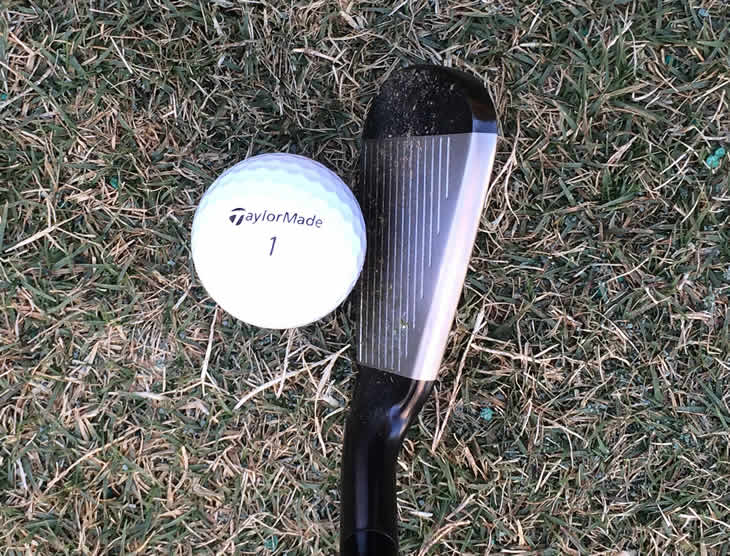
Now it may not go that far for you, but it demonstrates how fast the floating face of the current crop of TaylorMade irons is as the benefits of wood technology comes into irons.
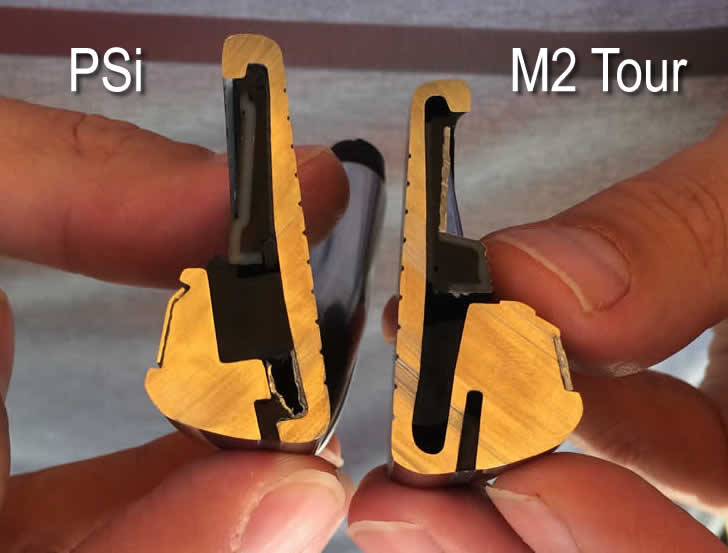
The shorter irons were pretty good for this type of set and the feel as you go through the set was very consistent. The P wedge is very strong at 43.5°, so you may want to include the 49° A wedge in your set before you get to the specialise wedges.
Unlike the PSi irons, the M2 Tour are the same type of construction throughout and feel better as a result, so if you are between the two then I would go for M2 Tour.
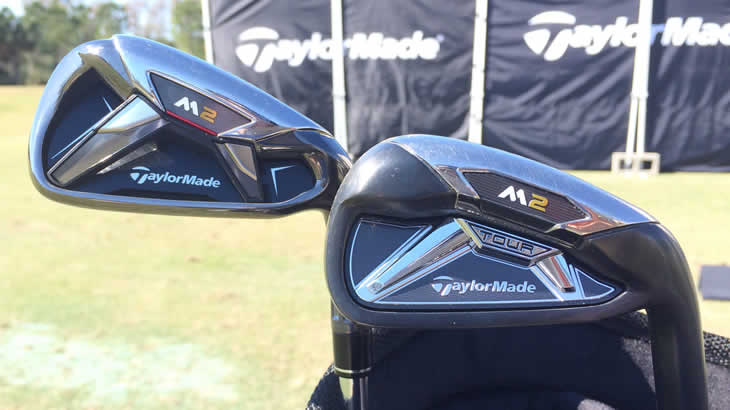
The M2 Tour irons will suit anyone from high single figures up into the 20's handicap, with the standard M2 irons coming in for players around this area who really need that extra forgiveness.